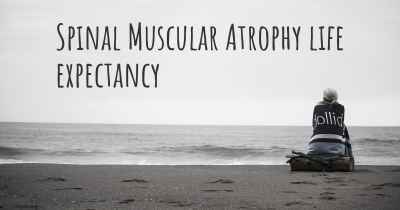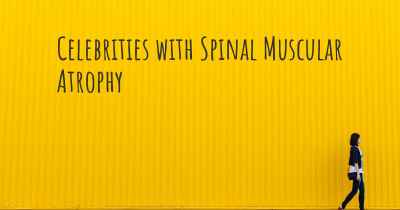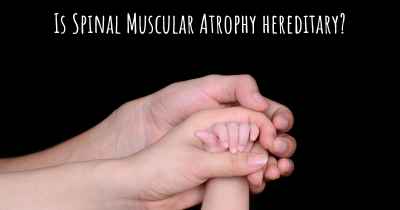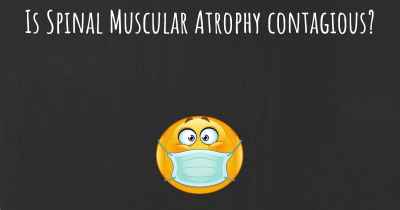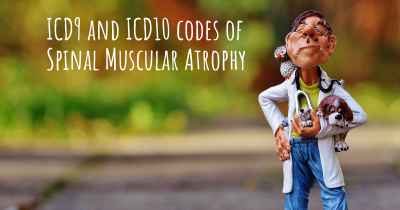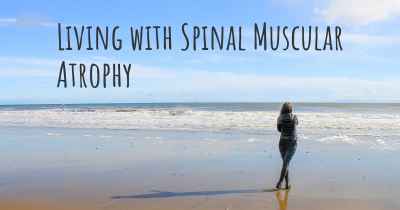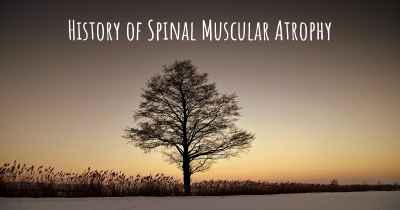Is there any natural treatment for Spinal Muscular Atrophy?
Are there natural treatment(s) that may improve the quality of life of people with Spinal Muscular Atrophy? Here you can see if there is any natural remedy and/or treatment that can help people with Spinal Muscular Atrophy
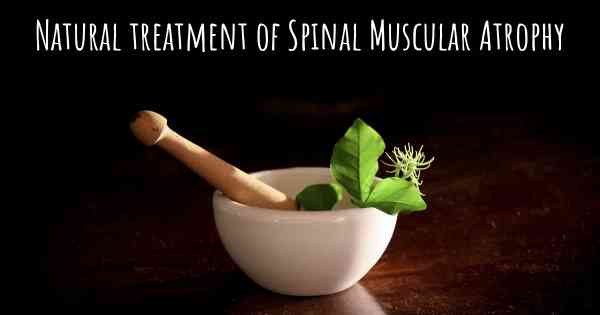
Is there any natural treatment for Spinal Muscular Atrophy?
Spinal Muscular Atrophy (SMA) is a genetic disorder that affects the motor neurons responsible for controlling muscle movement. It is characterized by progressive muscle weakness and atrophy, leading to difficulties in mobility, breathing, and swallowing. Currently, there is no known cure for SMA, and treatment mainly focuses on managing symptoms, improving quality of life, and preventing complications.
While there is no natural treatment that can reverse or halt the progression of SMA, certain approaches may help in managing the condition and supporting overall well-being. It is important to note that these natural treatments should always be used in conjunction with medical advice and under the supervision of healthcare professionals.
Physical Therapy and Exercise
Physical therapy plays a crucial role in managing SMA. It aims to maintain and improve muscle strength, flexibility, and range of motion. A physical therapist can design a personalized exercise program that focuses on stretching, strengthening, and mobility exercises. Regular physical therapy sessions can help slow down muscle deterioration, enhance motor skills, and improve overall function.
Occupational Therapy
Occupational therapy focuses on improving daily living skills and enhancing independence. An occupational therapist can provide assistive devices and techniques to aid in activities such as dressing, eating, and bathing. They can also suggest modifications to the living environment to ensure safety and accessibility.
Respiratory Care
As SMA can affect the muscles involved in breathing, it is essential to monitor and manage respiratory function. Pulmonary care may include techniques such as chest physiotherapy, deep breathing exercises, and the use of respiratory devices to assist with breathing. Regular monitoring of lung function and early intervention in case of respiratory infections are also crucial.
Nutritional Support
Proper nutrition is vital for individuals with SMA to maintain overall health and support muscle function. A well-balanced diet, tailored to individual needs, can help manage weight, prevent malnutrition, and support energy levels. In some cases, a registered dietitian may be consulted to ensure adequate calorie intake and address any specific dietary concerns.
Assistive Devices
Various assistive devices can help individuals with SMA improve mobility and independence. Wheelchairs, braces, walkers, and other mobility aids can assist with movement and reduce the risk of falls. Adaptive equipment, such as modified utensils and tools, can aid in performing daily tasks. These devices should be prescribed and fitted by professionals to ensure proper usage and effectiveness.
Emotional and Psychological Support
Living with SMA can be emotionally challenging for both individuals and their families. It is important to seek emotional and psychological support to cope with the impact of the condition. Support groups, counseling, and therapy can provide a safe space to share experiences, address concerns, and learn coping strategies.
Experimental Treatments and Clinical Trials
While not considered natural treatments, it is worth mentioning that there are ongoing experimental treatments and clinical trials for SMA. These aim to develop potential therapies that may modify the course of the disease. It is essential to consult with healthcare professionals and consider the potential risks and benefits before participating in any experimental treatments or clinical trials.
In conclusion, while there is no natural treatment that can cure Spinal Muscular Atrophy, various approaches can help manage symptoms, improve quality of life, and support overall well-being. Physical therapy, occupational therapy, respiratory care, nutritional support, assistive devices, and emotional support all play important roles in the comprehensive management of SMA. It is crucial to work closely with healthcare professionals to develop an individualized treatment plan that addresses specific needs and maximizes the potential benefits of these approaches.
